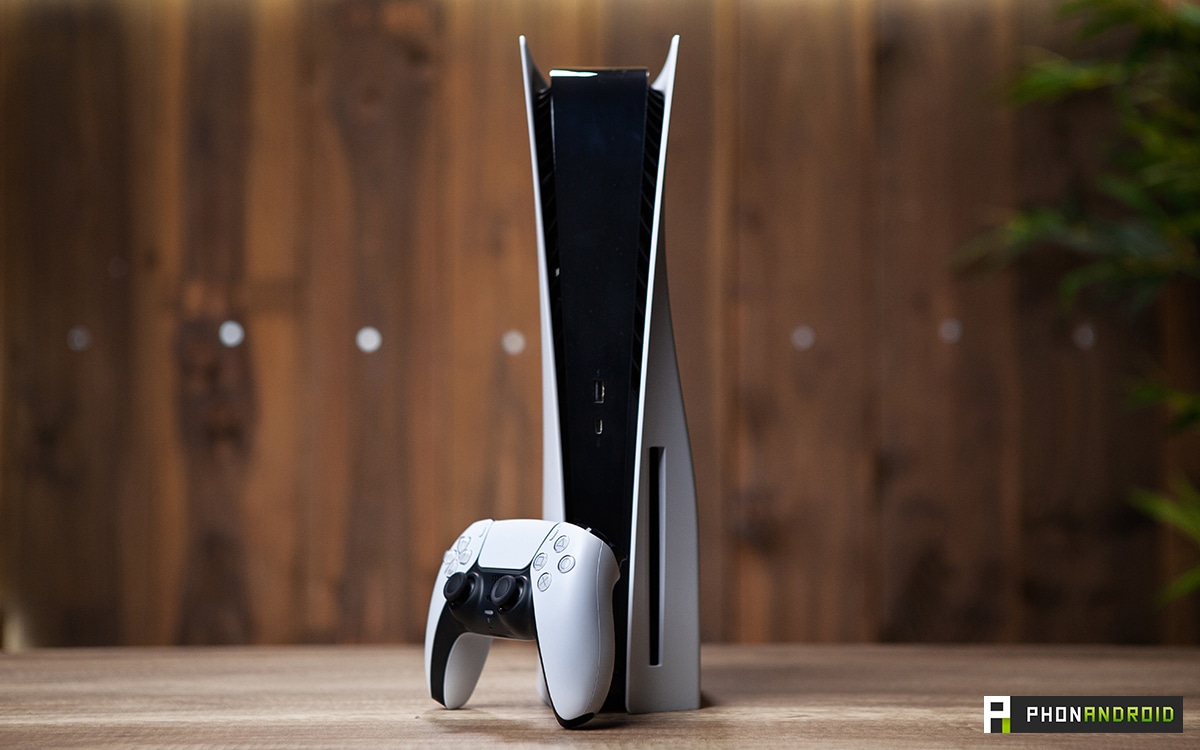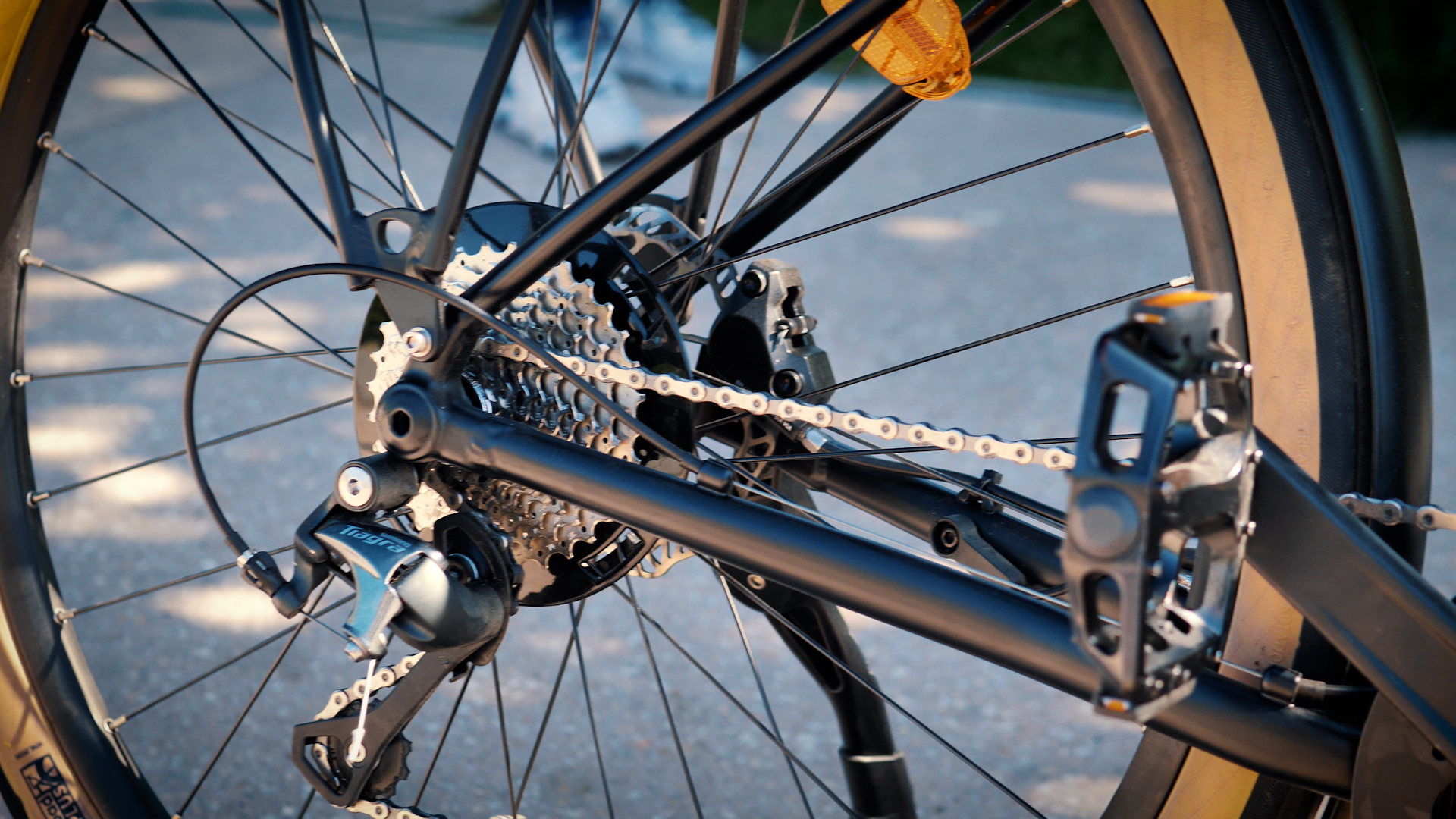
After nearly 3,000 km by electric bike on the roads of Île-de-France, we have decided to share our bill with you: bike, accessories, clothing, repairs …: how much does an electric bike really cost?
Electric mobility has an initial cost: the bike you choose, according to your needs and your budget. But buying the bike is only part of the expense. If you want to get started by making a bike a versatile and everyday transport object, you will have to equip yourself. The reason is simple: you don’t want to wonder whether you have the option of making a trip or not, or whether the bicycle will be the most suitable mode of transport at a given moment.
The purchase of an electric bike as a sustainable and daily mobility solution is already a response to the effort and the arduousness, but other parameters come into account when getting on your bike.
After more than 3,000 km in the streets of Paris by bike, we decided to provide an overview of our expenses in a year and a half. It will allow you to see roughly what to expect to be comfortable in the city, both in terms of comfort and efficiency.
Choose a durable and repairable electric bike
We often insist on Vroom: if you choose an electric bike as your primary mode of transportation, you must try to imagine it as buying a car. A bicycle travels faster in the city, is more ecological and allows more freedom than a four-wheeled vehicle: it is not because its engine is limited to 25 km / h that it is less efficient.
Therefore, like a car, you shouldn’t think of a gadget, but of durability and needs. If you invest in a good electric bike, you are preparing to have a mount for ten years or so. Ranges around € 2,000 before financial aid begins to have, among manufacturers, an excellent value for money. Below, the components are more fragile, less pleasant or less tested. Above, these are adjustments for comfort and pleasure.
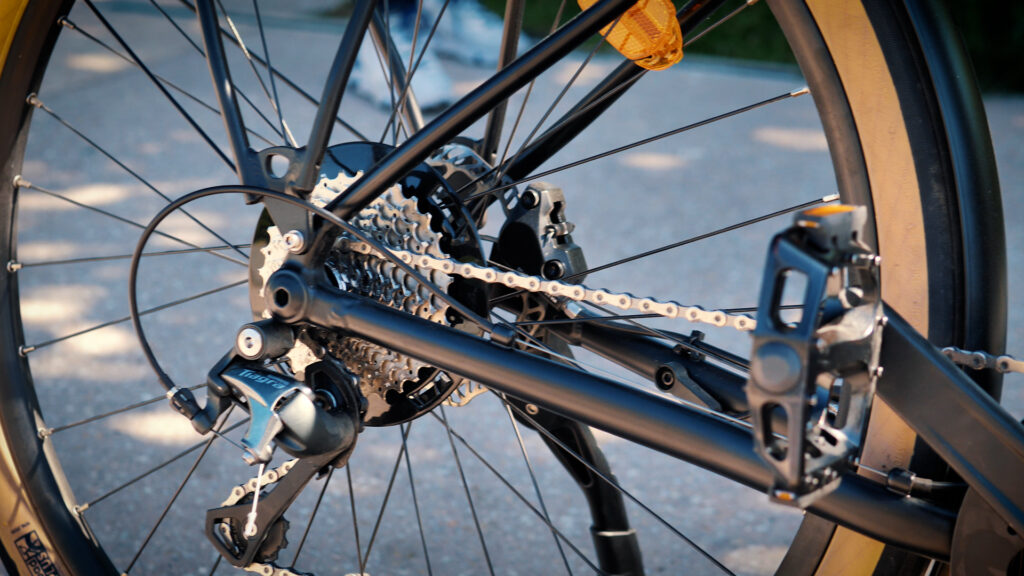
Finally, if your goal is to have a durable bike, choose a model with a classic construction. Startups are selling electronics, homemade automatic gears, homemade motors, a digital dashboard and other gadgets that will only have one consequence: no one will be able to repair them and the parts will very often be proprietary models. A builder who picks up parts from well-established suppliers and designs an electric bike simple will allow inexpensive and easy maintenance to be done at home or in any store.
The safety of your electric bike

In the city, the main obstacle for a person wishing to start cycling is the fear of theft. An electric bicycle, heavy, will often not be able to carry on the floors and will have to sleep either in a parking lot or in the street.
To avoid any stress related to the theft, I secured everything that could be removable on my bike. Starting with the bike itself.
- Abus 1060 lock, 170 €: it’s a benchmark in terms of security (and my bike was not stolen, which is reassuring), but it’s also a very heavy lock. It adds between 2 and 3 kilos depending on the size chosen, which is huge. In addition, it is quite unwieldy and takes up space. If I had to buy an anti-theft device today, I would rather choose an Abus Bordo Granit (100 €): just as secure according to Abus (15/15), but less heavy and better transportable.
- Abus Nutfix saddle lock 30 €: a saddle clamp with a lever is practical for adjusting the height of your saddle on the fly. But it is an open bar device for saddle thieves. A saddle lock allows you to adjust your size and secure your saddle in town. Ideal.
- Abus Nutfix wheel lock, € 60 for both: same concept as for the seat lock, but with your wheels. The quick release levers are great for changing a tire if you go for a walk, but in town, it’s an invitation to steal your wheels.
It is possible to do without the wheel and saddle locks by adding one or more Kryptonite Flex cables (15 €), but you will take time to attach and detach your bike, which causes a little friction from use of the bike that we want to avoid.
Cyclist’s equipment

On the equipment side, I was more in the reaction than in the anticipation. The first cold snap, I froze. The first downpour, I got soaked. The first heat, my back was liquefied. And little by little, I bought what I needed.
- A Kask Lifestyle helmet (150 €): after a year with a helmet offered for a promotional operation found on a writing desk, I saw the limits. The comfort was not good, the foams were peeling off and the protection was average. A good helmet is the guarantee to keep you alive in the event of a stupid accident: your head will not hit the ground. Helmets from the Italian brand Kask are comfortable, robust and have a visor. I naively thought to remove it, but I can not do without it: it protects against wind, pollens, rain and provides an additional feeling of security.
- Rains rain pants (70 €): there are much cheaper rain pants, but I preferred a model from a specialist, which also keeps warmer and which has the good taste not to be completely ignoble. Knowing that it is made to be worn over your clothes, you can take it off when you arrive at your destination: there is little chance that it will wear out.
- A rain jacket (70 €): there are really dozens of models of waterproof jackets on the market. Mine is no longer sold, but has a few advantages: pockets, reflective materials, a little warmth without being stifling. Alternatively, it is possible to go to the mountain departments of sports shops: a light mountaineering jacket can be a great buy for the bike (and in addition they have style)
- Gore-Tex gloves (30-50 €): yes Gore-Tex has invented a revolutionary technical material. Yes, this technical material is sold overpriced. But if a Gore-Tex stamped jacket can cost 300 € compared to its classic model, the gloves are good value for money (especially on promotion). I bought some very thin ones to be able to use my smartphone with them and they kept me all winter in Paris. On the worst days (-6 with wind in 2021), I lined them with woolen gloves and I was not cold.
- A fleece neck warmer (€ 10): I bought mine at Décathlon and I have absolutely no regrets. For 10 €, it protects you from the cold much better than a scarf.
- Ortlieb QL3 bag (150 €): when it’s hot, not having a backpack saves your life. A bag, here QL3 to be easily detachable, is an incredible object, so it is difficult to do without. Do I do it again this choice? Never. I got fooled in a rush and find myself silly for spending $ 150 on a satchel, when Ortlieb sells two for the same price, or even half the price. In short, a satchel is a very good investment. This satchel is not.
Maintaining an electric bike

All previous expenses are depreciable. If you take care of it, you will be able to keep these items (and the bike) for 10 years or more, which at cost per year is very low compared to other transport – a Navigo Pass costs over € 860 per year in the Paris region.
But to these expenses, we must add two or even three lines to the table of accounts: maintenance, repairs and insurance.
On the maintenance side, you will quickly buy a maintenance kit with brushes and grease and a foot pump. An electric bicycle wears out its components faster than a mechanical bicycle, because the forces exerted on the components are greater (this is the role of the motor). Thus, it will take one service in the shop per year (free the first year, then 60 to 70 € afterwards) to put the bike back on its feet.
These revisions may result in repairs in addition to adjustments. If you have an electric model designed with standard components, be aware that entry or mid-range parts are not expensive (the low weight of the materials is what drives up the bill on muscle bikes and this factor is less important when you has a huge motor on an already heavy bike).
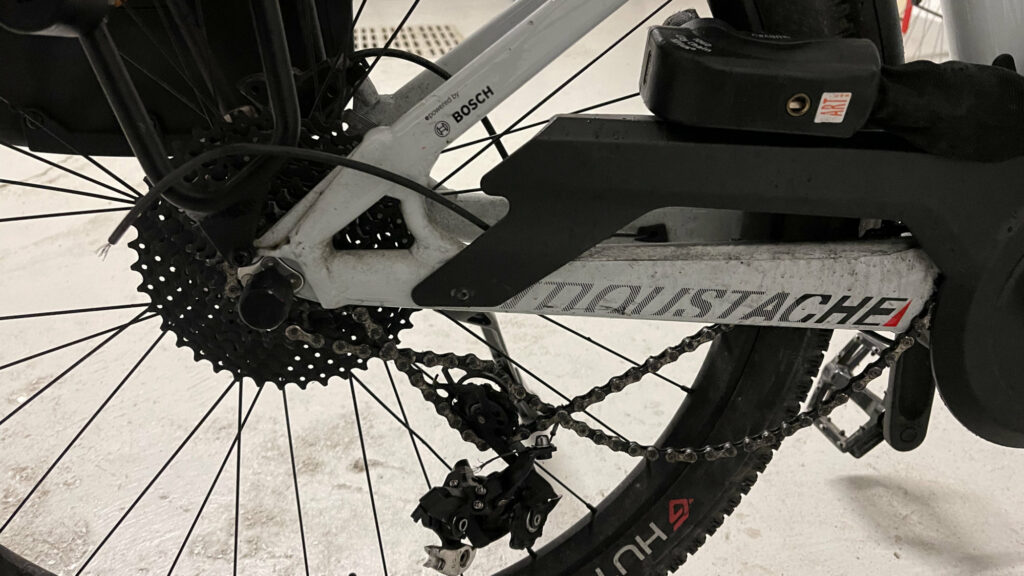
In nearly 3,000 km, I had to change an inner tube that burst for € 25 and a derailleur that jumped for € 160, labor included – and not to mention the bike boost of € 50 . Budgeting around a hundred dollars a year in parts, as I do, is already high for a well-maintained bike.
The last expense will be insurance, accident, breakage and theft. It often disappears between the 2nd and 3rd year (most insurers only insure new or almost new bikes). It’s up to you to see if you want to cover your purchase: we have a guide dedicated to this question.
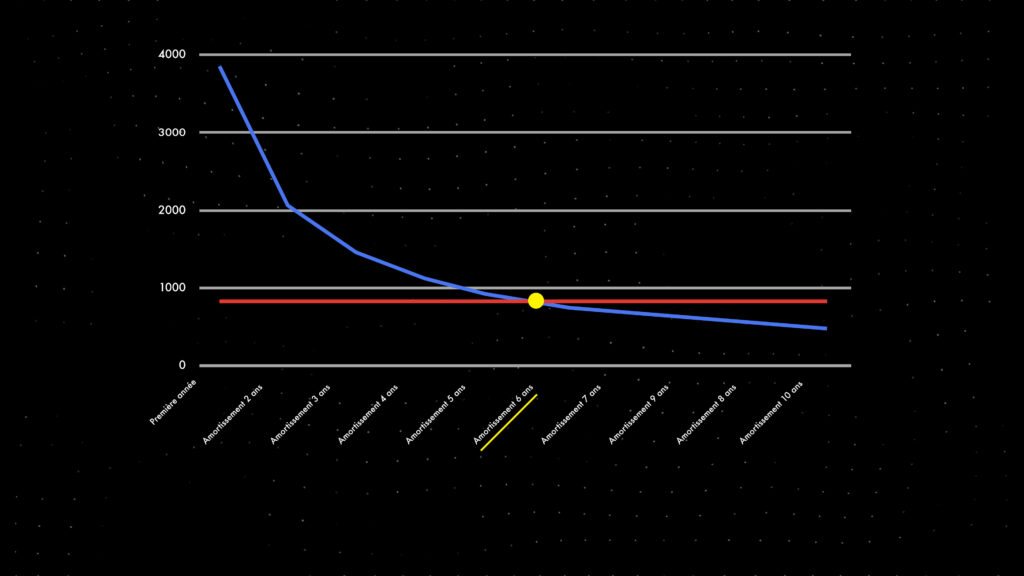
Some links are affiliated. We’ll explaine everything here.

